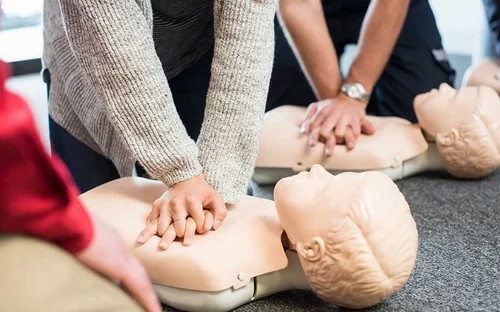


 349,500 Offered Certificates
349,500 Offered Certificates
 24/7 Online Training
24/7 Online Training
 Money Back Guarantee
Money Back Guarantee
 Fully Accredited Courses
Fully Accredited Courses

Created at: 25-02-2025 14:31
In today's fast-paced work environment, ensuring the safety and well-being of employees is paramount. One effective way to enhance workplace safety and increase emergency preparedness is through comprehensive First Aid and CPR training. Understanding the importance of these skills can be the difference between life and death during critical situations.
First Aid training equips employees with the knowledge and skills necessary to respond effectively to medical emergencies. From minor injuries to life-threatening situations, having trained personnel on-site can significantly reduce response time and save lives. Employees are empowered to take action, which helps to create a culture of safety within the workplace.
Cardiopulmonary resuscitation (CPR) is a crucial lifesaving technique that every employee should learn. Understanding basic CPR techniques—including chest compressions, rescue breathing, and using an Automated External Defibrillator (AED)—can significantly affect survival rates during cardiac emergencies.
Compliance with workplace health and safety regulations is critical for organizations. Many industries are bound by specific laws regarding First Aid and CPR training. Providing this training not only keeps employees safe but also protects the organization from potential legal liabilities.
By investing in First Aid & CPR training, organizations show their commitment to employee well-being, reflecting positively on their reputation and overall morale.
Training programs equip employees with Effective Emergency First Aid Skills. These skills include:
Choosing the right First Aid Course for your employees involves considering several factors:
Both training formats have benefits. Online courses offer flexibility and self-paced learning, making them ideal for busy professionals. In contrast, in-person training can provide realistic practice scenarios and hands-on experience.
Investing in First Aid and CPR training not only fosters a safer work environment but also empowers employees to act confidently in emergencies. Choosing the right training provider is essential for ensuring that your staff receives high-quality education that can make a real difference when it matters most.
Ready to enhance your workplace safety? Enroll in our certified First Aid & CPR training course today!